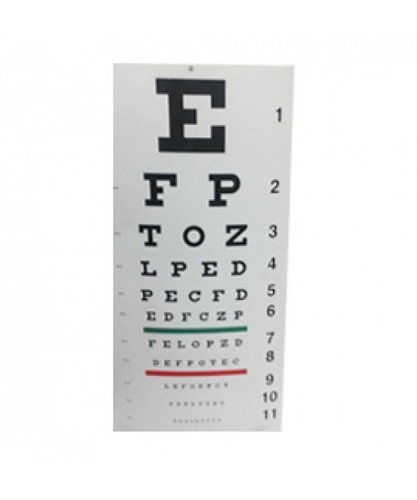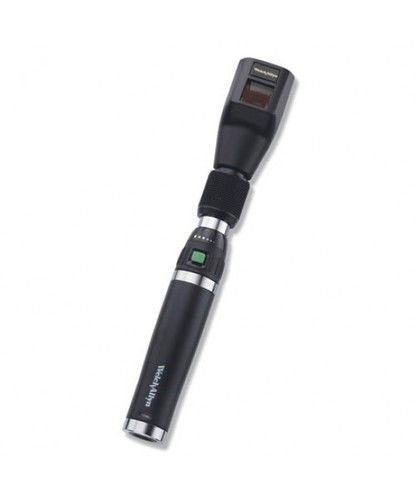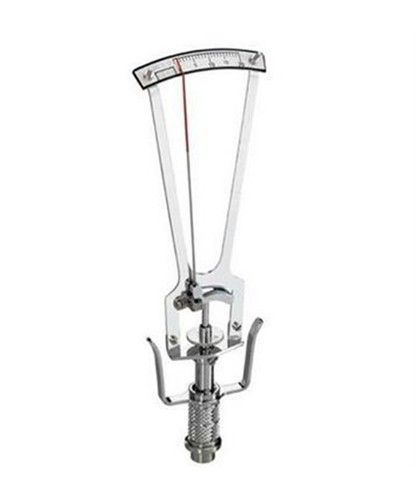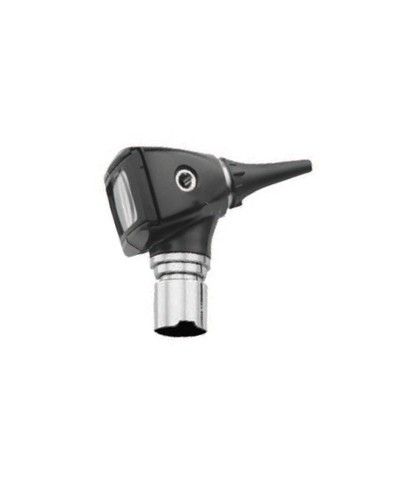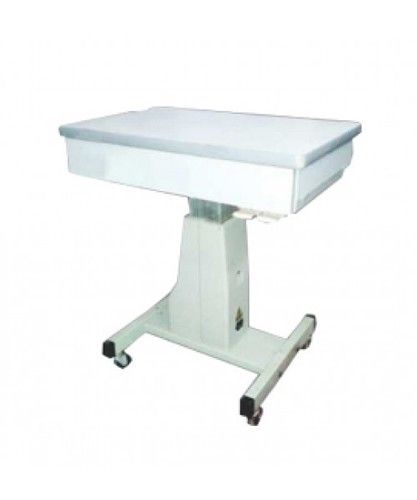
CHART ACRILIC (UNITECH VISION)
Product Details:
- Equipment Type Eye Chart
- Material ABS Plastic
- Technology Laser
- Driven Method Manual
- Weight 500-1000 Grams (g)
- Usage For Hospital
- Click to View more
CHART ACRILIC (UNITECH VISION) Price And Quantity
- 2000 INR/Piece
- 1 Piece
CHART ACRILIC (UNITECH VISION) Product Specifications
- 500-1000 Grams (g)
- For Hospital
- ABS Plastic
- Eye Chart
- Laser
- Manual
CHART ACRILIC (UNITECH VISION) Trade Information
- Telegraphic Transfer (T/T) Cash in Advance (CID) Cheque Cash Advance (CA)
- 1 Piece Per Week
- 1 Week
- Western Europe Central America Eastern Europe Middle East South America Asia North America Australia Africa
- All India
Product Description
CHART ACRILIC (UNITECH VISION)
The common Snellen chart is printed with eleven lines of block letters. The first line consists of one very large letter, which may be one of several letters, for example E, H, or N. Subsequent rows have increasing numbers of letters that decrease in size. A person taking the test covers one eye from 6 metres or 20 feet away, and reads aloud the letters of each row, beginning at the top. The smallest row that can be read accurately indicates the visual acuity in that specific eye. The symbols on an acuity chart are formally known as "optotypes". In the case of the traditional Snellen chart, the optotypes have the appearance of block letters, and are intended to be seen and read as letters. They are not, however, letters from any ordinary typographer's font. They have a particular, simple geometry in which:
the thickness of the lines equals the thickness of the white spaces between lines and the thickness of the gap in the letter "C"
the height and width of the optotype (letter) is five times the thickness of the line.
Only the ten Sloan letters C, D, E, F, L, N, O, P, T, Z are used in the common Snellen chart. The perception of five out of six letters (or similar ratio) is judged to be the Snellen fraction.[2] Wall-mounted Snellen charts are inexpensive and are sometimes used for approximate assessment of vision, e.g. in a primary-care physician's office. Whenever acuity must be assessed carefully (as in an eye doctor's examination), or where there is a possibility that the examinee might attempt to deceive the examiner (as in a motor vehicle license office), equipment is used that can present the letters in a variety of randomized patterns. BS 4274-1:1968(British Standards Institution) "Specification for test charts for determining distance visual acuity" was replaced by BS 4274-1:2003 "Test charts for clinical determination of distance visual acuity Specification". It states that "the luminance of the presentation shall be uniform and not less than 120 cd/m2. Any variation across the test chart shall not exceed 20 %." According to BS 4274-1:2003 only the letters C, D, E, F, H, K, N, P, R, U, V, and Z should be used for the testing of vision based upon equal legibility of the letters.

Price:
- 50
- 100
- 200
- 250
- 500
- 1000+
Other Products in 'Ophthalmic Equipment' category
 |
AJANTA EXPORT INDUSTRIES
All Rights Reserved.(Terms of Use) Developed and Managed by Infocom Network Private Limited. |

 English
English Spanish
Spanish French
French German
German Italian
Italian Chinese (Simplified)
Chinese (Simplified) Japanese
Japanese Korean
Korean Arabic
Arabic Portuguese
Portuguese
